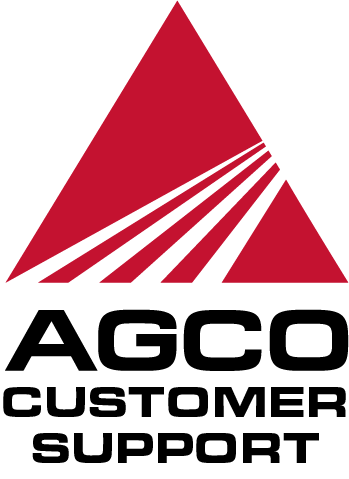AGCO AGRONOMY: GETTING THE BEST FROM GRASS SILAGE BALES

There are a handful of factors that can dictate the feed quality of grass silage after bailing. The big two are the density of the bales and type of binding material used. In this latest study, the AGCO Agronomy Team investigated how these factors made a difference to the silage, and safe to say, the study produced some clear results.
What they did
The study was carried out by the team at the Swiss Future Farm during the 2022 season on a legume-rich, temporary grassland field, which had homogeneous grass stand conditions. Grass for all treatments was mowed and tedded on 5th July. The following day, it was raked, baled at different densities and with net and film bindings, and baseline samples of the fresh mass grass stand were taken to be submitted for laboratory analysis. Bale core samples were taken in intervals of two and seven months after baling to determine fermentation and feed quality parameters. The team used the Fendt Rotana 130 F Combi round baler.

What they found
1. Core sampling results for two months after baling show that higher sugar content could be retained in silage bales with film binding. Silage in round bales with net binding showed higher reduction of sugar content.
2. After seven months, marginally higher sugar content retained in silage bales with film binding, but the target number of sugar content (50.0 g/kg DM) was achieved across all densities and binding types.
3. For maximum bale density, the feed energy content was better preserved with film binding, whereas for net binding it was notably lower after seven months of storage.
What they concluded
At an annual dry matter yield of 10.0 t/ha in grassland, the increased energy content using the film bind option for production of round bale silage results in additional 305 kg milk per hectare. Given a milk price of €0.50/kg, this is an additional income from milk of €152.50/ha of grassland. At a purchase price of €9,085 for the film binding option, the investment is amortized within 60 hectares.
Know other farmers who would benefit from this research? Share it with them.

